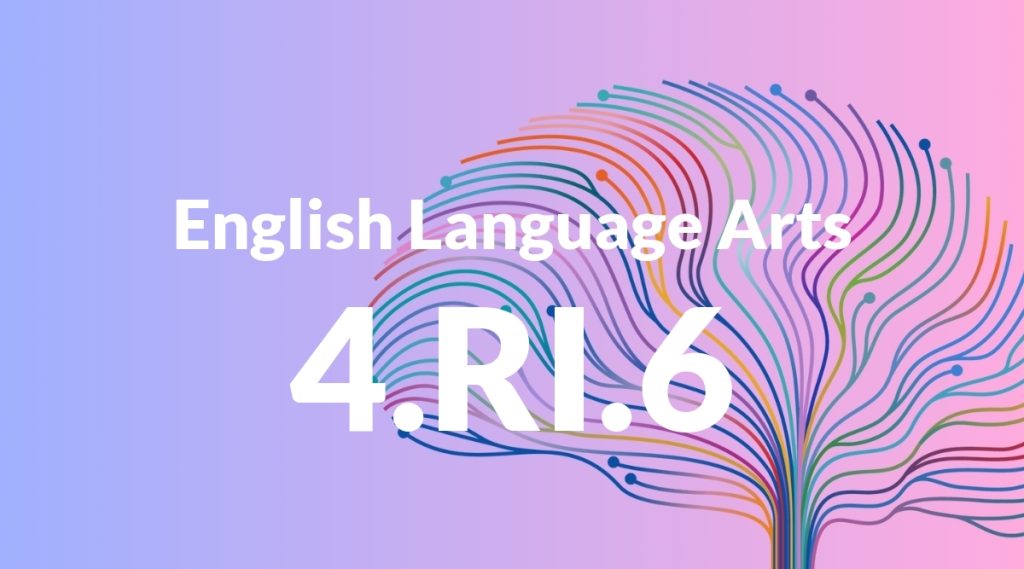Standard: 4.RI.6 – Compare and contrast a firsthand and secondhand account of the same event or topic; describe the differences in focus and the information provided.
Grade level: Grade 4
Subject: English Language Arts
Domain: Reading: Informational Text
Teacher Overview
This standard focuses on helping students understand the differences between firsthand and secondhand accounts of the same event or topic. By comparing these accounts, students learn to identify different perspectives and types of information, which is crucial for developing critical thinking and analytical skills in reading. Students should have a basic understanding of what constitutes a firsthand and secondhand account, as well as the ability to identify main ideas and supporting details in texts.
After mastering this standard, students will be able to critically analyze texts, discerning bias and perspective, which will be essential for more advanced reading and research tasks.
Common Misconception 1
A common misconception is that firsthand and secondhand accounts provide the same type of information. This is incorrect because firsthand accounts offer personal experiences and perspectives, while secondhand accounts provide a broader overview based on various sources.
Intervention 1
To address this misconception, teachers can use side-by-side comparisons of texts, highlighting the differences in focus and detail between firsthand and secondhand accounts.
Common Misconception 2
Another misconception is that secondhand accounts are less valuable than firsthand accounts. This is incorrect because secondhand accounts can provide a more comprehensive view of an event, incorporating multiple perspectives and sources.
Intervention 2
Teachers can discuss the importance of both types of accounts in providing a complete understanding of events, using examples from history or current events.
Prerequisite Knowledge
Students should be familiar with the concepts of firsthand and secondhand accounts and have basic skills in identifying main ideas and details in texts.
Subsequent Knowledge
Students will develop skills in critical thinking and analysis, enabling them to discern bias and perspective in various types of texts.
Instructional Activities
- Compare and contrast two accounts of the same historical event.
- Analyze a news article and a personal diary entry on the same topic.
- Create a Venn diagram to illustrate the differences and similarities between firsthand and secondhand accounts.




